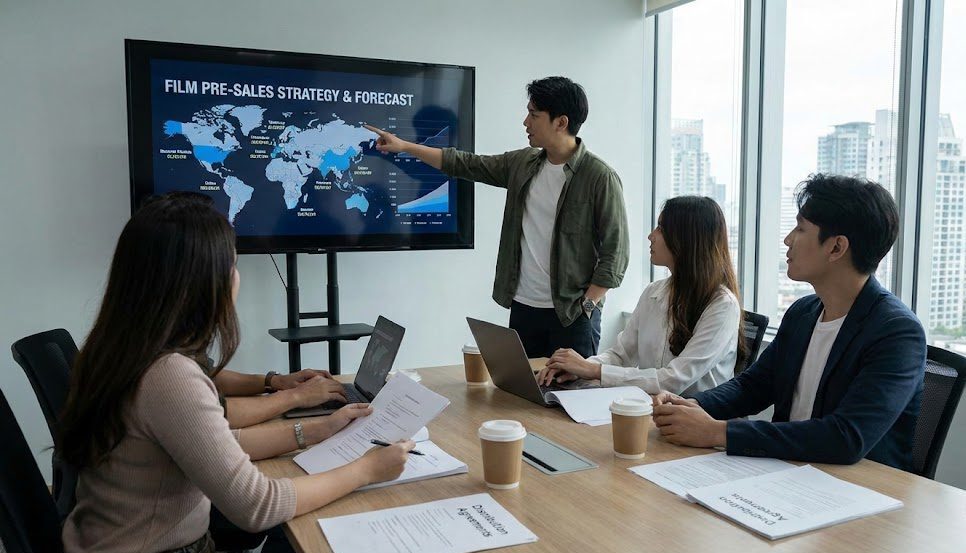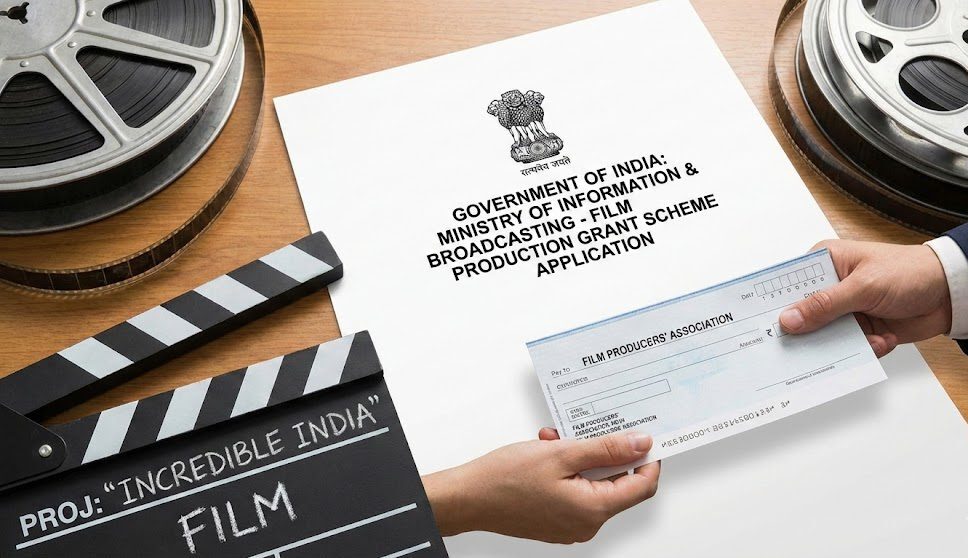Introduction
Adapting a book, comic, or intellectual property into a film or TV series is like crafting a tapestry—it requires creativity, collaboration, and strategy. For production companies, streamers, content financiers, and distributors, understanding the lifecycle of adaptations isn’t just useful—it’s essential.
This article takes you through the entire adaptation process, breaking it into actionable steps while highlighting how platforms like Vitrina can play a key role in helping industry professionals connect, collaborate, and excel.
Key Takeaways
| What You’ll Gain |
| A breakdown of the stages of adaptation, from idea to premiere. |
| Insights into solving adaptation challenges, like rights management and localization. |
| How to identify profitable IPs for adaptation with the help of Vitrina. |
| Emerging adaptation trends and their relevance to your next project. |
Find the Perfect Rights Holders for Your Next Adaptation!

Understanding the Adaptation Lifecycle
What is the lifecycle of a film adaptation?
From scouting IPs to the final premiere, the lifecycle of a film adaptation consists of:
- IP selection: Identifying stories with potential.
- Development: Adapting and refining the story.
- Production: Bringing the vision to life.
- Marketing and release: Reaching audiences worldwide.
Why are content financiers drawn to adaptations?
Adaptations often come with built-in audiences, making them less risky investments. Tools like Vitrina help financiers identify IPs that align with audience trends and market demands.
Differences for indie filmmakers vs. studios
- Indie filmmakers: Limited resources but higher creative freedom.
- Studios: Larger budgets, often prioritizing commercial viability.
| Indie vs. Studio Approach | Indie Filmmakers | Studios |
| Budget | Small-scale | Big-budget |
| Risk-taking | Experimental | Calculated |
| Resource Access | Limited | Abundant |
Pre-Adaptation: Scouting and Planning
What makes a book or comic ideal for adaptation?
- Strong narrative structure.
- Established fan base.
- Rights accessibility.
Learn how to evaluate IPs here.
How do production companies scout IPs?
Production companies rely on literary agents, platforms like Vitrina, and emerging market insights to identify adaptation-worthy properties.
Key planning steps for adaptation:
- Aligning the creative team with the IP’s vision.
- Drafting a financial roadmap.
- Addressing cross-cultural elements for international audiences.
- Buyers:
- Look for IPs with global appeal.
- Use Vitrina’s curated tools for exploring rights and market data.
- Plan localization during early discussions.
Overwhelmed by Localization Challenges?

Development: From Concept to Script
The journey from script development to production:
- Translating IP into a screenplay.
- Refining the draft to match format demands (e.g., episodic structure for TV).
- Collaborating with directors, writers, and producers.
Examples of adaptation success:
- Turning comics into animation, such as adapting manga for streaming platforms.
- Adapting non-fiction stories into documentaries to retain authenticity while engaging audiences.
| Stage | Key Milestone |
| Script Drafting | Ensuring faithful adaptation |
| Pre-Production | Finalizing logistics |
| Production | Filming, VFX, etc. |
Rights, Tools, and Challenges
Solving rights issues in adaptation
Navigating IP ownership and legal hurdles can delay projects. While Vitrina connects professionals to rights holders, rights management still requires careful due diligence.
Leveraging tech and tools
- Rights databases.
- Platforms like Vitrina for project matchmaking.
Learn Industry Insights to Drive Your Adaptation Success!

Production and Localization
Adapting for global markets:
Localization ensures a culturally resonant product for international audiences.
- Bullet Points for Sellers:
- Leverage tools like Vitrina to identify culturally relevant vendors.
- Anticipate challenges in localization during scripting.
Budgeting, Marketing, and Stakeholders
Financial considerations
Every adaptation needs a balance between creative vision and budget constraints. Vitrina’s market insights can help sellers and financiers align resources.
Stakeholder involvement:
- Producers.
- Writers.
- International sales agents.
Case Studies and Trends
Real-world examples
Explore how blockbusters like “The Hunger Games” succeeded by blending audience appeal with flawless execution. Dive deeper here.
Trends to watch:
- AI in adaptations.
- Cross-cultural co-productions.
Conclusion
Adapting a book or intellectual property into a film or TV series is an intricate journey requiring creativity, strategy, and the right partnerships. By understanding the lifecycle of adaptation and leveraging tools like Vitrina, you can overcome challenges, streamline workflows, and maximize your project’s potential.
Whether you’re a content financier looking for profitable IPs, a production company seeking reliable localization vendors, or a distributor aiming to connect with international buyers, Vitrina offers tailored solutions for every stage of the adaptation process.
Frequently Asked Questions
Vitrina connects rights holders, production teams, and financiers seamlessly.
Rights management and balancing creative freedom with market demands.
Buyers like streamers and sellers like distributors benefit the most.
AI, cross-cultural localization, and new genres are shaping the future.

































